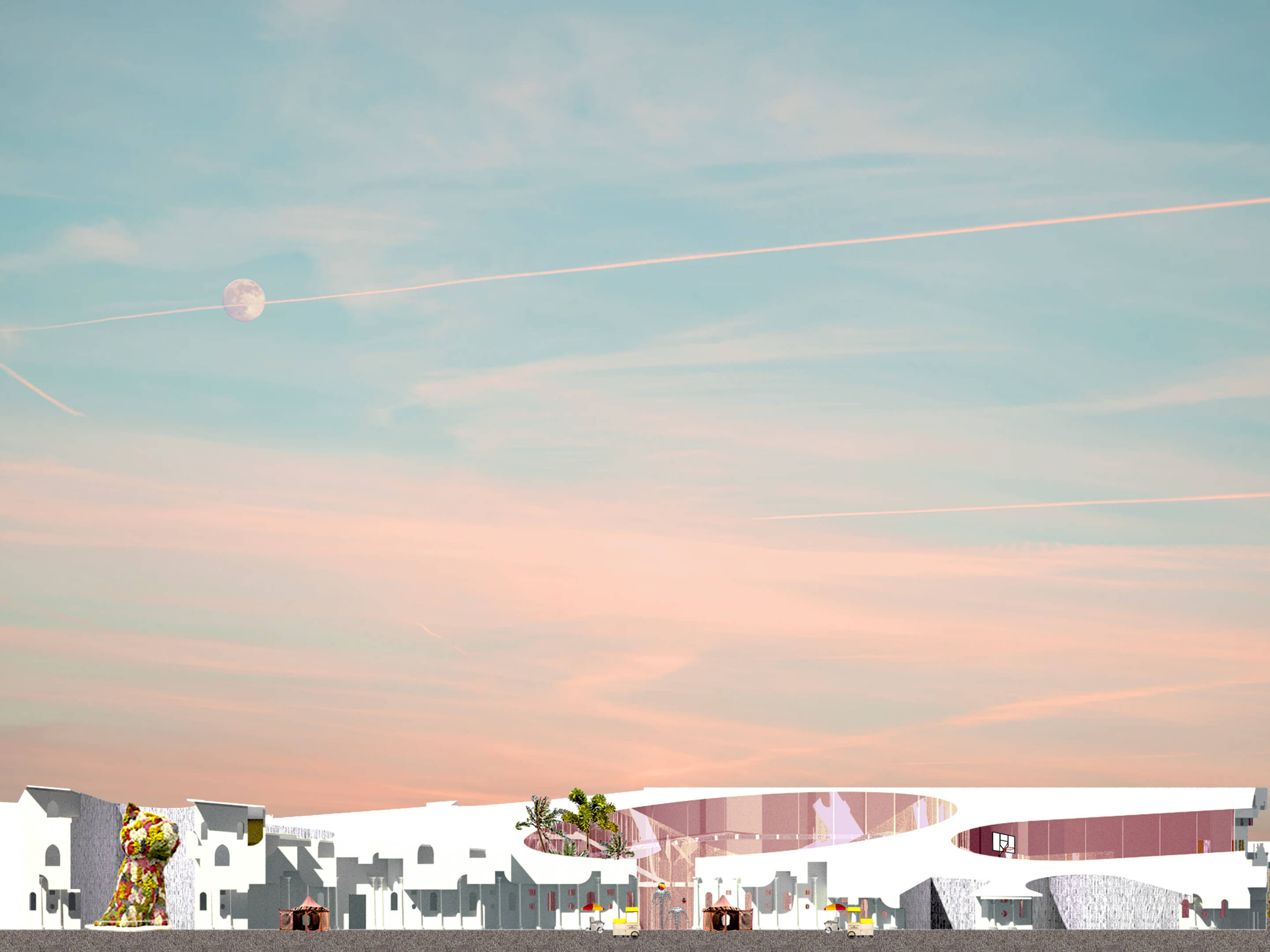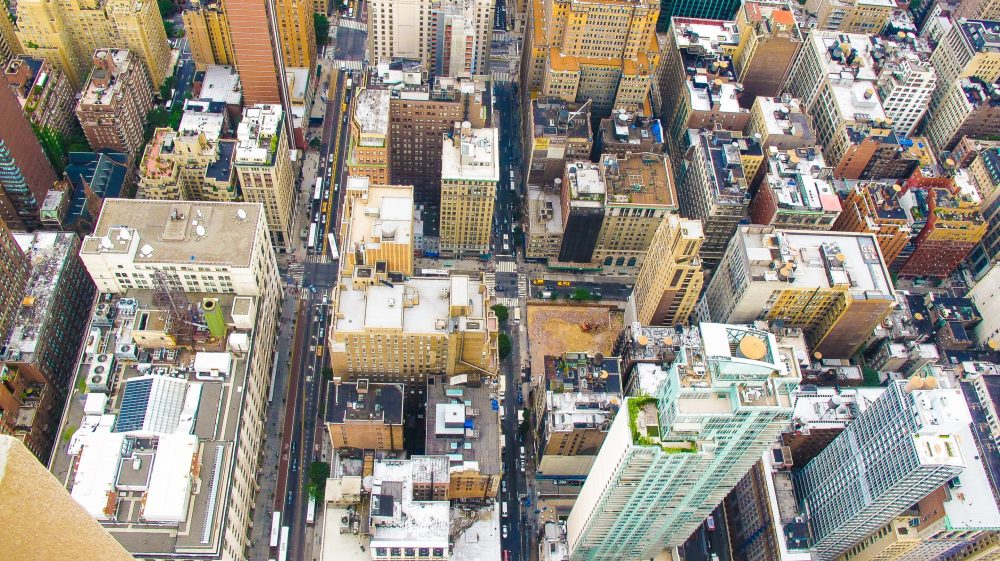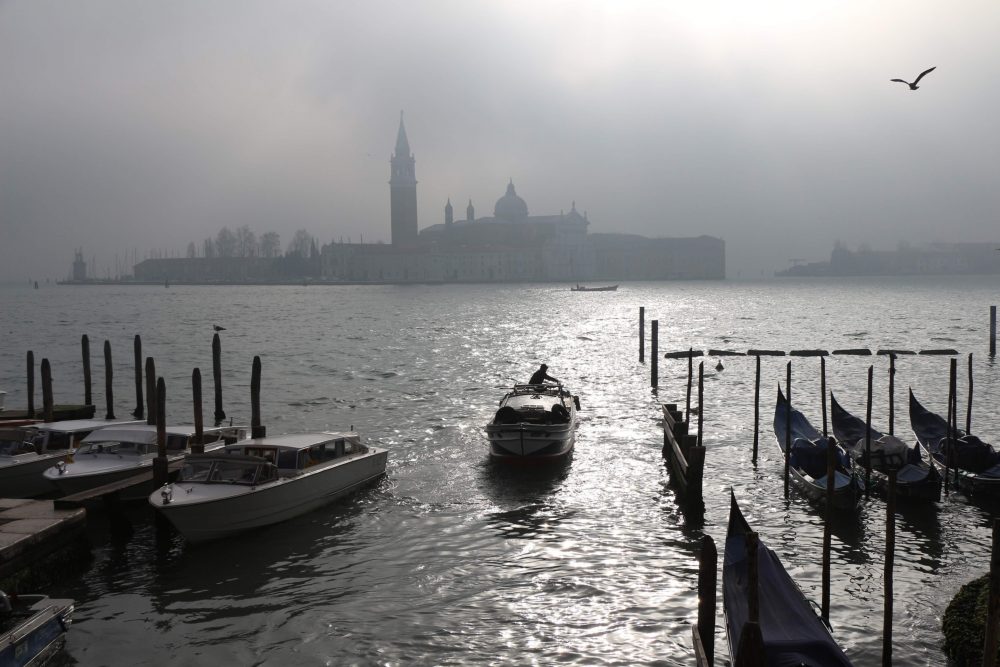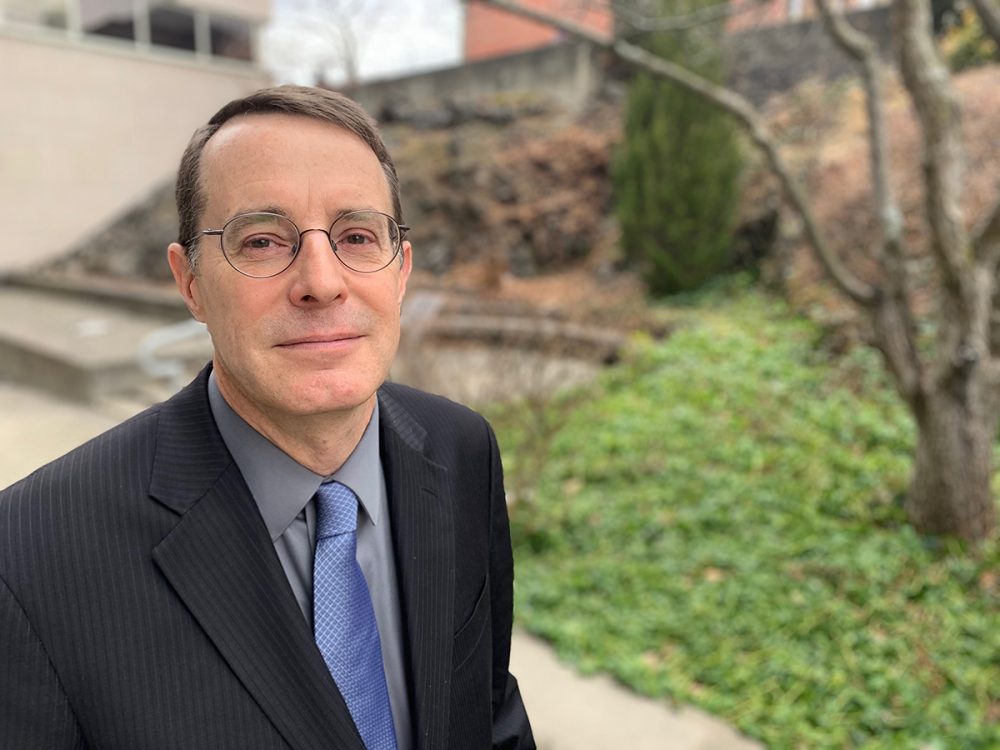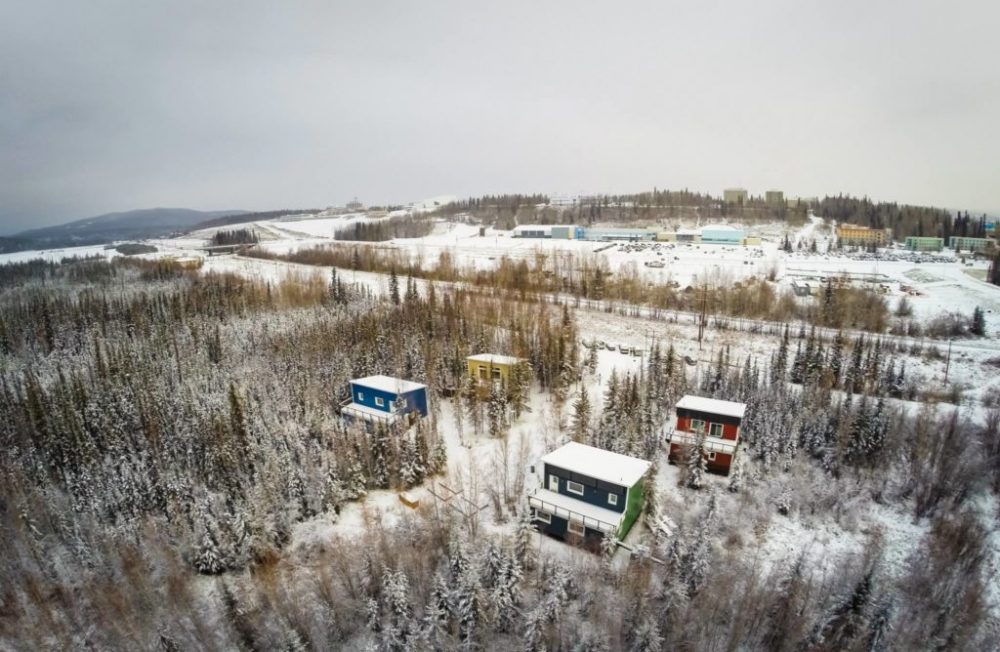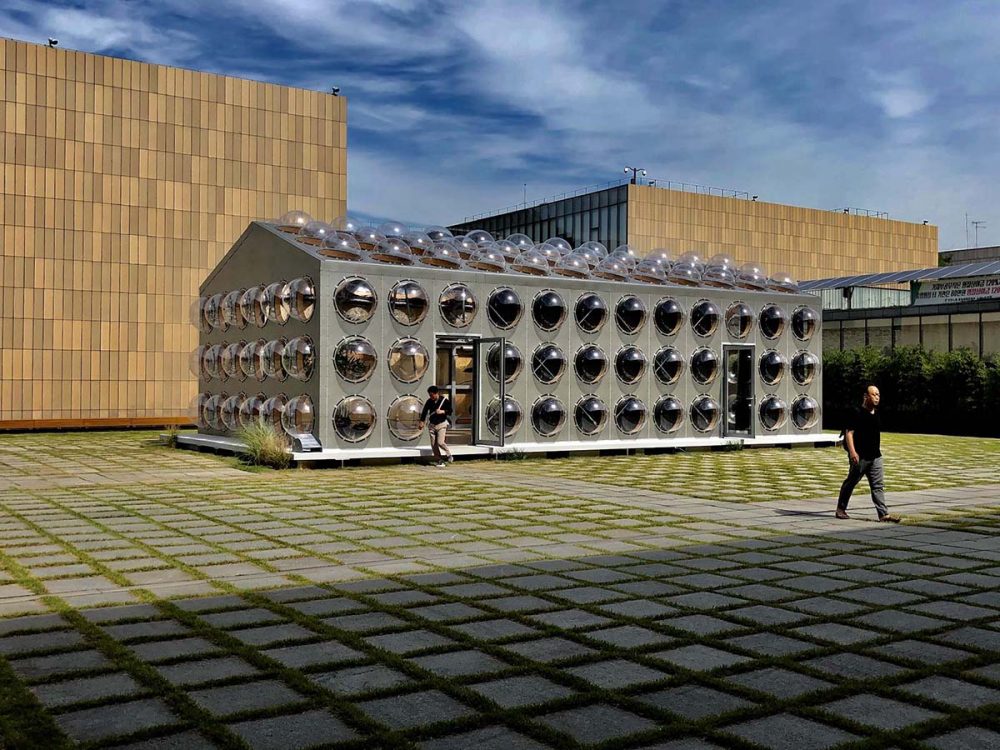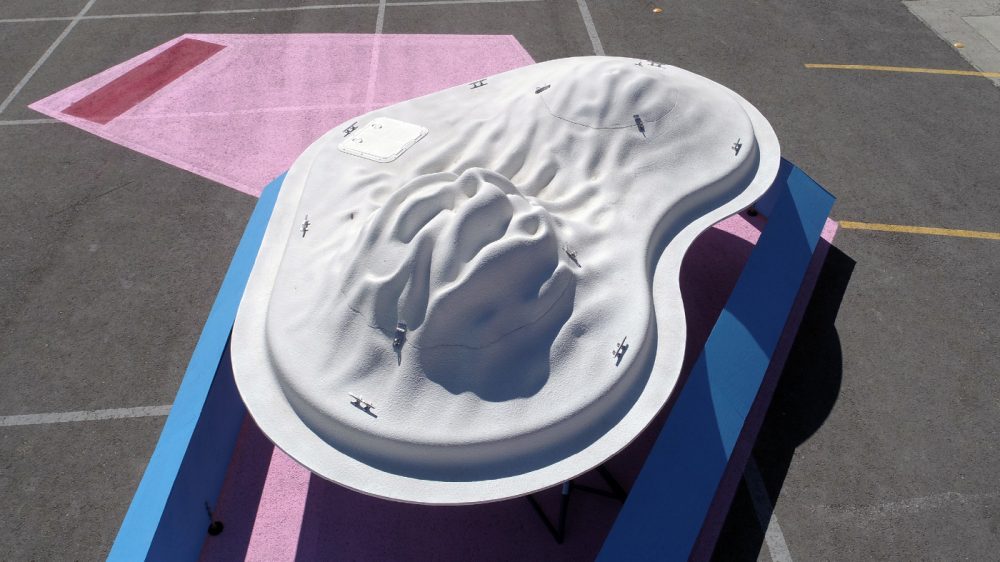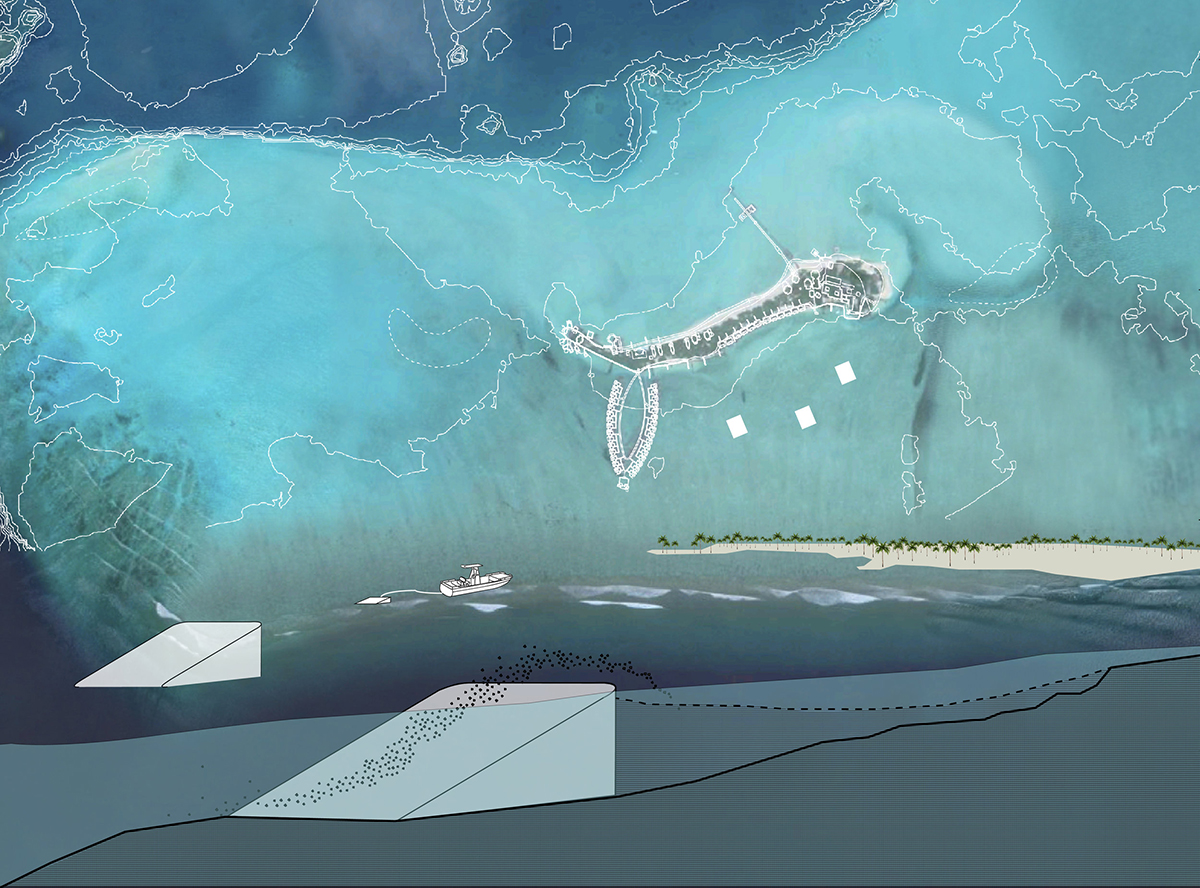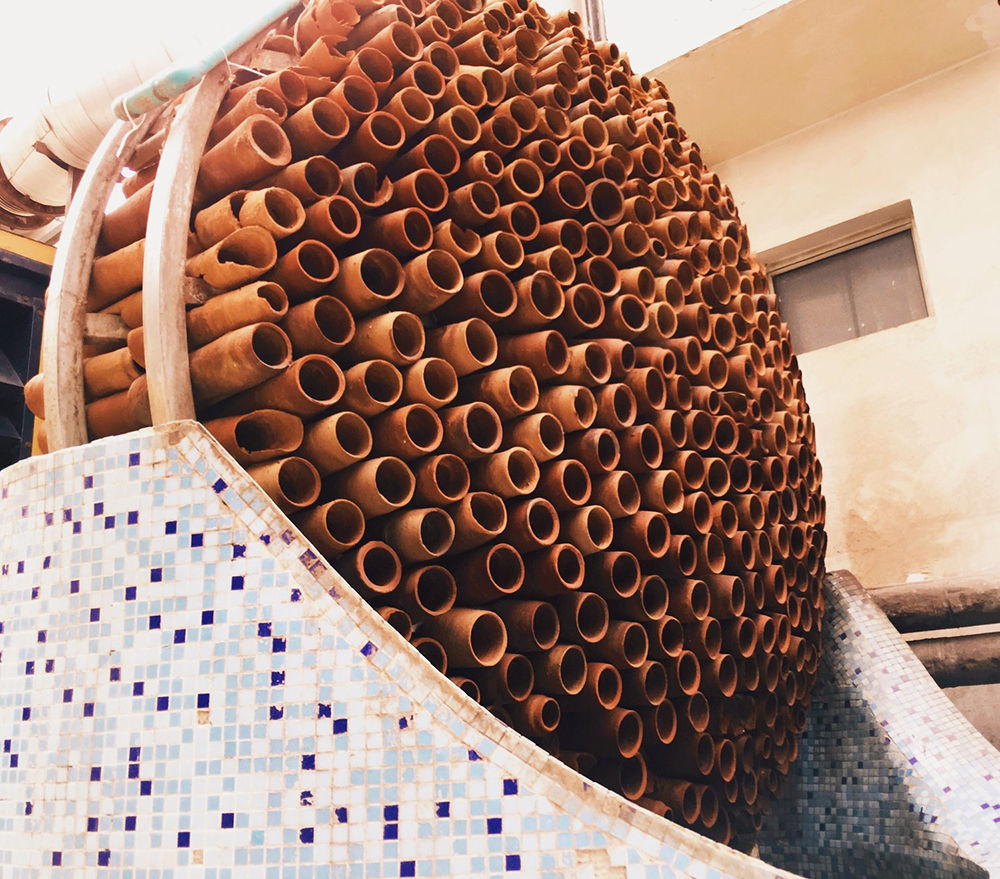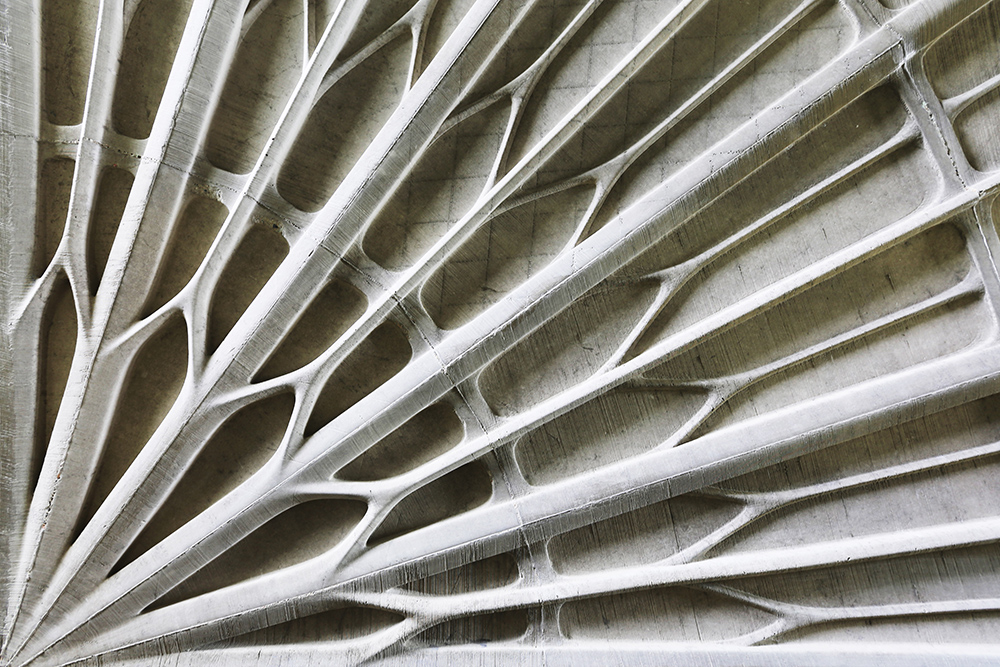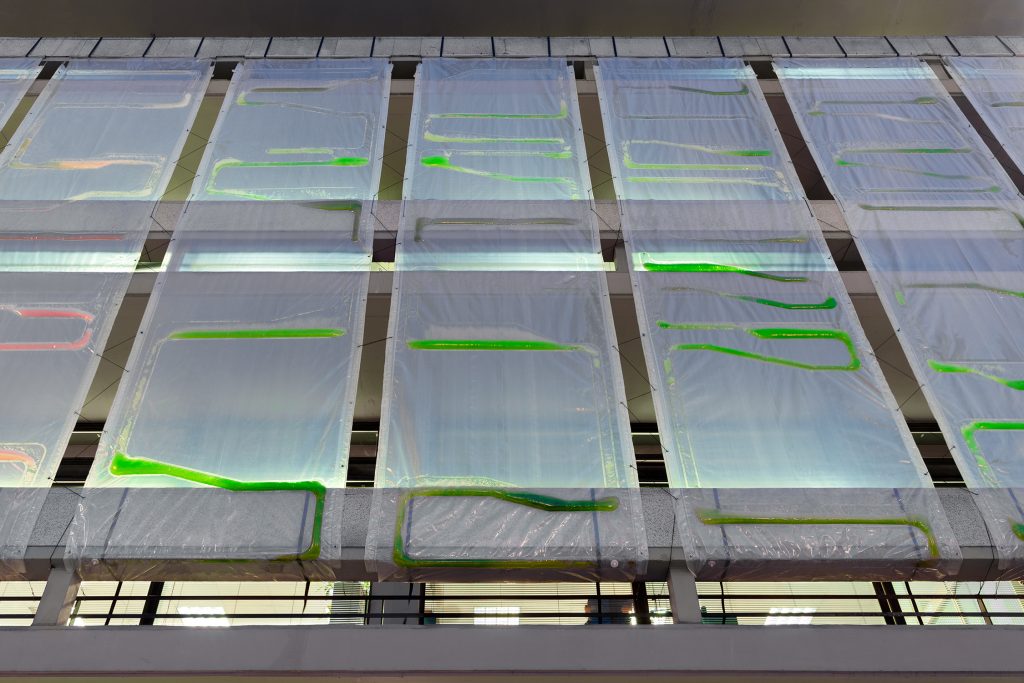In recent years, experiments in architecture have produced forms, moods, and effects that resist easy labeling. Still, some have tried putting a name to this diverse, variegated work: the “postdigital.” The term was first popularized by the British architect Sam Jacobs, who considered postdigital drawing (often taking the form of collage) to be a meaningful
There is a prevailing sense among proponents of mass timber that building with wood is inherently good. This enthusiasm is largely premised on a key assumption that if a tree sequesters carbon as it grows, then mass timber building components must count as stored carbon. But if the source of that wood—a forest—is a source of carbon emissions, as is beginning
It’s a well-known fact that buildings painted lighter colors reflect more light: it’s what made New York City’s plan to combat the urban heat island effect and lower cooling bills by painting roofs white so effective. Now, scientists have discovered a “whitest-white” paint that reflects 95.5 percent of light, a potential boon for passive cooling
It should, perhaps, come as no surprise that the “city of canals” is being threatened by rising tides. It has been less than a year since Venice, Italy, experienced its highest level of flooding in half a century years, as two-thirds of the city was swamped in mid-November. Some areas saw as much as six
Rensselaer Polytechnic Institute’s Center for Architecture Science and Ecology (CASE) has announced that architect and entrepreneur Dennis Shelden will be taking over as its director. The academic-industrial research and teaching alliance, focused on using technology to address concerns of “built ecology,” was founded in 2007, and is located across RPI’s main campus in Troy, New
The Cold Climate Housing Research Center (CCHRC) describes itself as “an industry-based, nonprofit corporation created to facilitate the development, use, and testing of energy-efficient, durable, healthy, and cost-effective building technologies for people living in circumpolar regions around the globe.” Aaron Cooke, the architect who leads the Sustainable Northern Communities Program at the CCHRC in Fairbanks, Alaska, is
The New York and Seoul–based Obra Architects, along with Front Inc., Obra Abrim, Dongsimwon Landscape, and Supermass Studio, have created an oasis of “perpetual spring” in a public courtyard in Seoul. Supported by Korea’s National Museum of Modern and Contemporary Art as part of their exhibition The Square: Art and Society, the experimental pavilion features
For many, the future floats. Seasteaders, BIG’s floating city, the “Danish silicon valley” (at sea, naturally): in a time of rising tides, many are suggesting working with, or on, the ocean rather than against it. Add the Buoyant Ecologies Float Lab to the list. The 13-foot-by-8-foot object was designed by architects and designers Adam Marcus,
Human-driven climate change is threatening the coastal areas that nearly half of the world calls home with rising sea levels and increasingly severe storms. While dams, barriers, dredging, and artificial reefs are sometimes used to address these “forces of nature,” these strategies come with their own drawbacks and, in some cases, significant environmental and ecological
“The way we cool our buildings right now is totally wrong,” said Indian architect Monish Siripurapu in a video produced the United Nations’ Environment program. The words are bleak, but arguably true; the electricity and hydrofluorocarbons most modern cooling systems demand ironically warm the planet overall while they cool our conditioned spaces. On top of that, with global temperatures
Global construction continues to steam ahead, even while seemingly mundane building materials (like sand) become rarer and more precious, and construction industry’s carbon dioxide emissions contribute to global climate change. The building industry seems to be demanding new solutions, but scalable alternatives remain scarce. Enter the Block Research Group at ETH Zurich. The group, which is
The ongoing threat of climate change and hazardous air quality in urban environments continue to foster sustainable elements within architectural design, ranging from the installation of photovoltaic panels to rainwater harvesting mechanisms. But what if a facade curtain could directly capture CO2? Responding to this challenge, London-based practice ecoLogicStudio, led by Claudio Pasquero and Marco Poletto, unveiled Photo.Synth.Etica at Dublin’s Climate Innovation Summit 2018. The large-scale
